Photography and film
Imagery overview
Photography and films are a key part of our brand identity. We use them to bring our communications to life, and inspire our audience.
New image and film commissions should showcase how we encourage people to ‘Go boating, Stay safe’ the breadth and range of the locations and boat types and uses available to our audience; and the diverse make-up of communities we work with.
Structure – background colour
The following pages provide guidance on our photographic style and subject matter; what to consider when commissioning and selecting photography and film footage; and how to use to the best effect.
Photographic style
Photography should feel natural and real, and reflect boaters and inland waterways we serve. Images should capture people, activities, and our boaters in a safe and positive way.
Details
Detail shots can be useful to help tell a story and add to the narrative, making a piece of communication more visual and engaging.
Nature
Access to nature and blue / green spaces, particularly in urban areas, significantly contributes to improving our health and wellbeing.
We want to encourage people to enjoy these benefits by using and visiting our waterways more often. Images of nature and wildlife can be a helpful way of communicating the positive attributes of our brand and our waterways.
Content
The BSS doesn’t use gratuitous images of boats on fire or burnt-out boats. Our style is to indicate risk areas using an object, installation, or feature closely associated with the risk in close-up in a dynamic bottom-right to top-left position.
The BSS covers many waterways and harbours – giving a wide coverage of vessel types and uses. You should reflect this in any photography used.
Boating is more often than not a safe, relaxing, and very pleasant experience. Again, you should reflect this in imagery.
Activities
Our waterways are used every day in many different ways.
Make sure staff and volunteers wear appropriate personal protection equipment, in the middle of the actual works, or posing for photographs. This may include wearing life
jackets close to the water edge, and the appropriate equipment for the job, for example, BSS branded helmets, hearing and respiratory protection, gloves, footwear, visor, and work-wear.
Encourage families and children to stay SAFE – stay away from the edge.
Brand photography
Brand photography puts people and their safety and enjoyment
of waterways at the heart of
the brand.
We commission it for our image library and to use across our entire organisation.
Subject matter includes the whole range of photography from people and activities to details, nature, and places.
To ensure the best quality on-brand images, always commission a professional photographer for brand photography.

Image and video library
Here’s a selection of some of the most effective and on-brand imagery available from our library.
When selecting imagery, please consider the guidance given over the following sections.
To access our library please contact us through our website
www.boatsafetyscheme.org.

Event and training photography
We usually commission event and training photography for a specific campaign or communications piece.
In addition to their original purpose, photography and films may be included in our image library for general use, but only when taken by a professional photographer / film maker.
Professional event and training photography is a great opportunity to capture people, locations, and detail shots with quality and realism.
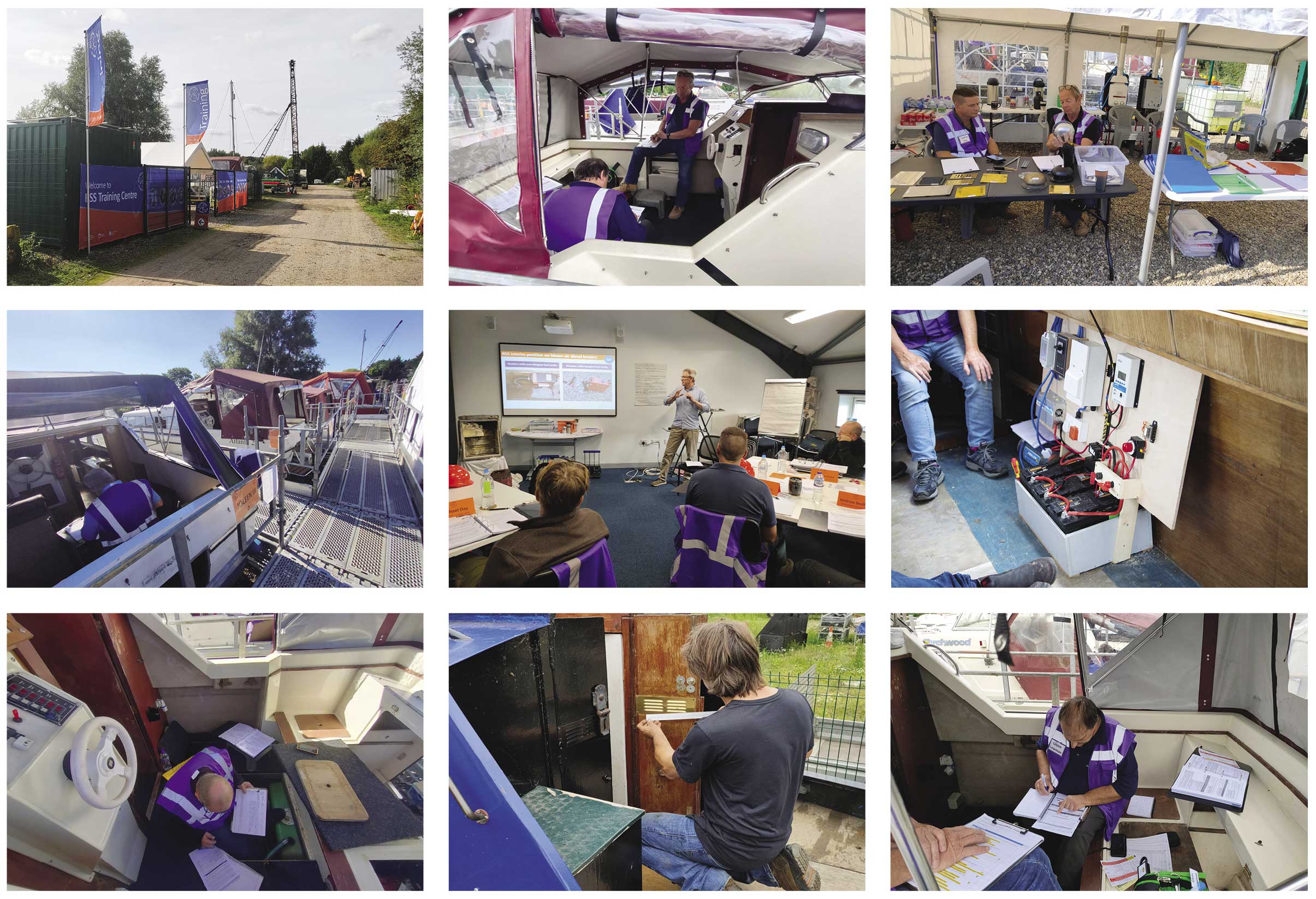
Stock photography
Budgets, timescales, and other factors may rule out the use of professional photography.
In this situation, consider well-chosen, low-cost, stock photography.
Here are some good examples of on-brand stock photography.
Always check copyright and usage restrictions before buying stock photographs.

Basic principles
Here are some basic principles for commissioning, taking, and choosing photographs.
The same rules apply when selecting stock photography.

Keep the camera straight
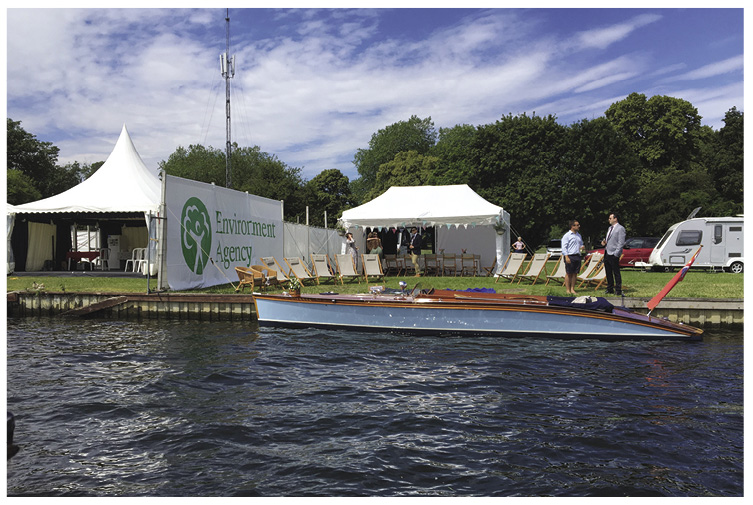
Keep colours natural
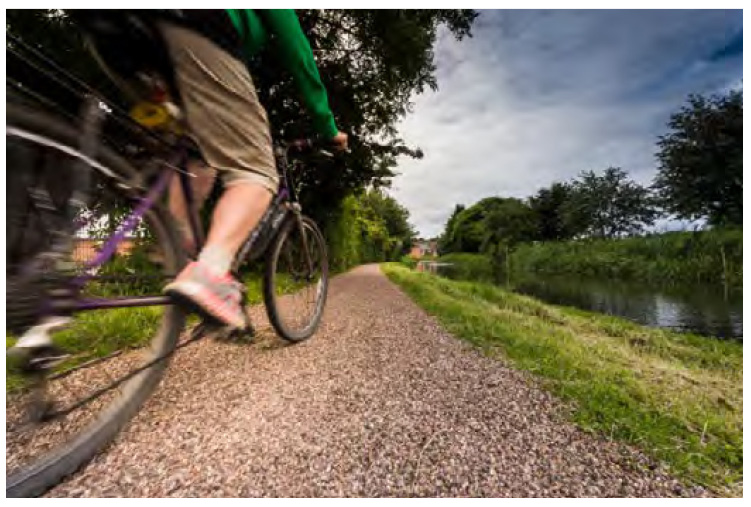
Avoid motion blur
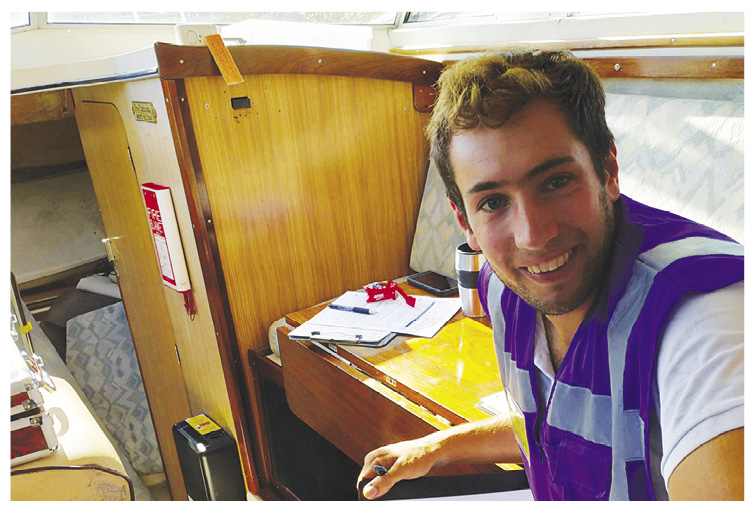
Keep images positive

Use ‘real people’

Record, don’t manufacture events
Applying the BSS Curve – linear
Horizontal applications
Our BSS Curve effectively brings content to life for deeper horizontal applications.
When using an image with enough contrast and clear space, the linear BSS Curve is a good alternative to implement.
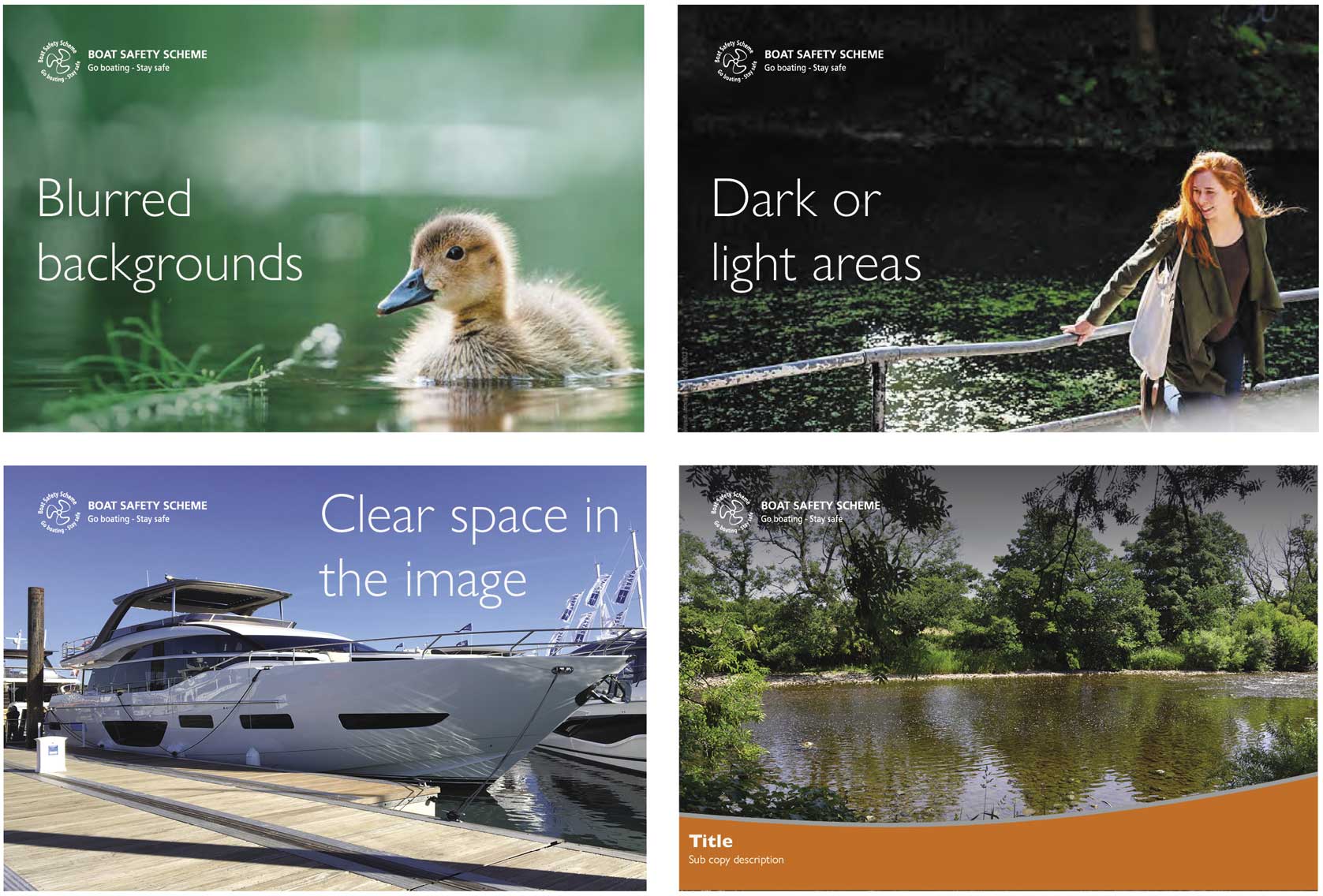
Basic principles
Shooting wide is the most important requirement for new photography for digital spaces. We need campaign images which work in different sizes to fit all the various crops.
You should ideally shoot photographs from across the other side of the towpath or from the water. Urban backgrounds with wide towpaths are best – built up and leafy, but try to avoid graffiti tags.
Image context is very important. Ensure water or a moored boat is visible in the background or foreground to create a strong visual link to our organisation.
Shooting a series of images of the same scene is another way to ensure there’s an appropriate crop for every format.
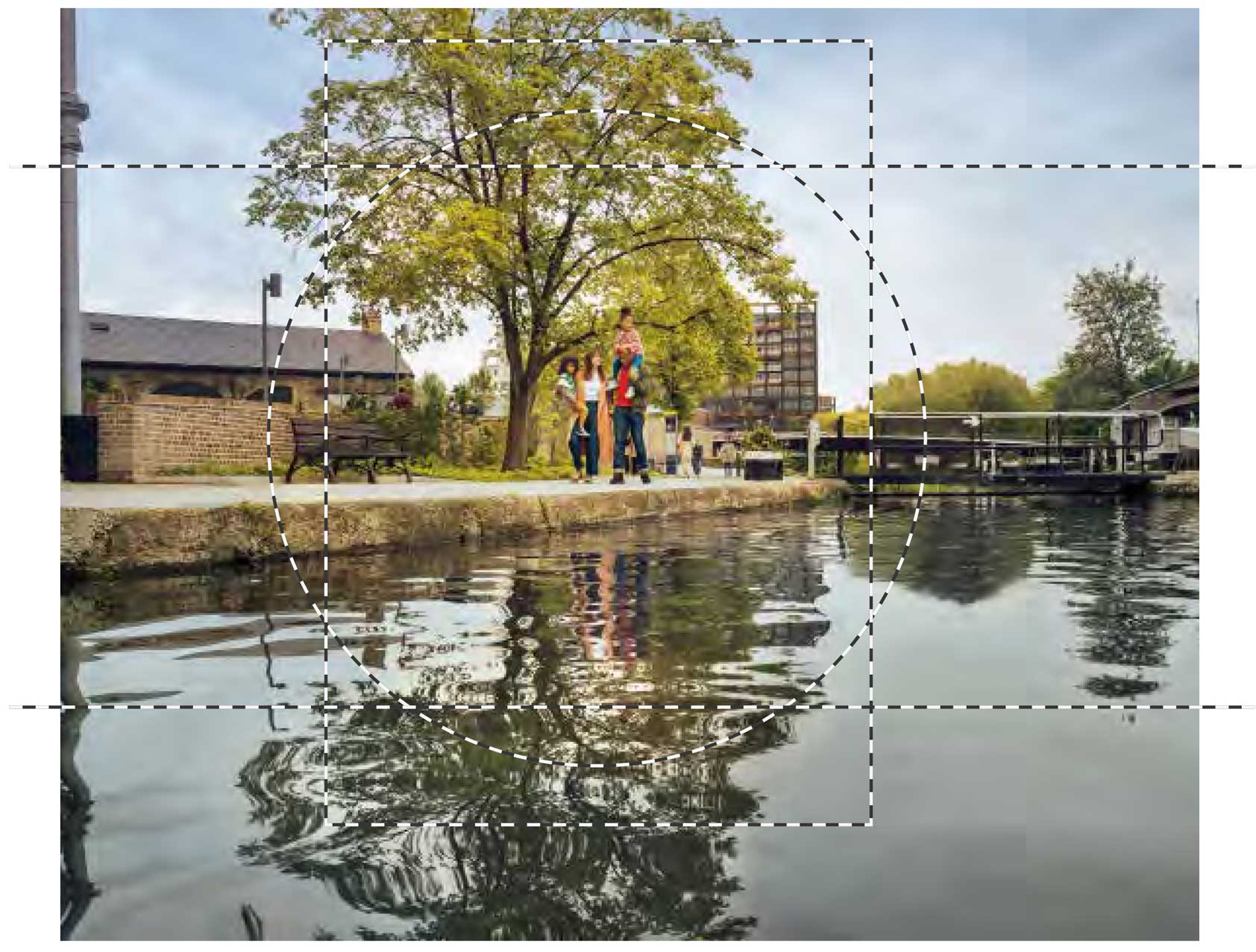
Cropped to different sizes and uses. Panoramic for website, landscape, portrait, circles.
Lower thirds and subtitles
Lower thirds
When introducing a subject, you should place their name and any additional information in the BSS Curve to ensure legibility.
Ensure all copy is within the text safe area (5% screen height / width).
Subtitles
Subtitles play an important role in ensuring our film and moving image content is accessible to everyone.
- To achieve this, we’ve developed a simple subtitle style that emphasises content:
- Copy should appear 5% from the bottom edge of the screen.
- Text x-height should be
approximately 2.5% of the screen height to ensure accessibility. - For 1920×1080 video, make
text 54px. - Line lengths should be a maximum of 68% screen width.
- To avoid obscuring the moving image, don’t include more than
two lines of copy on screen at one time.
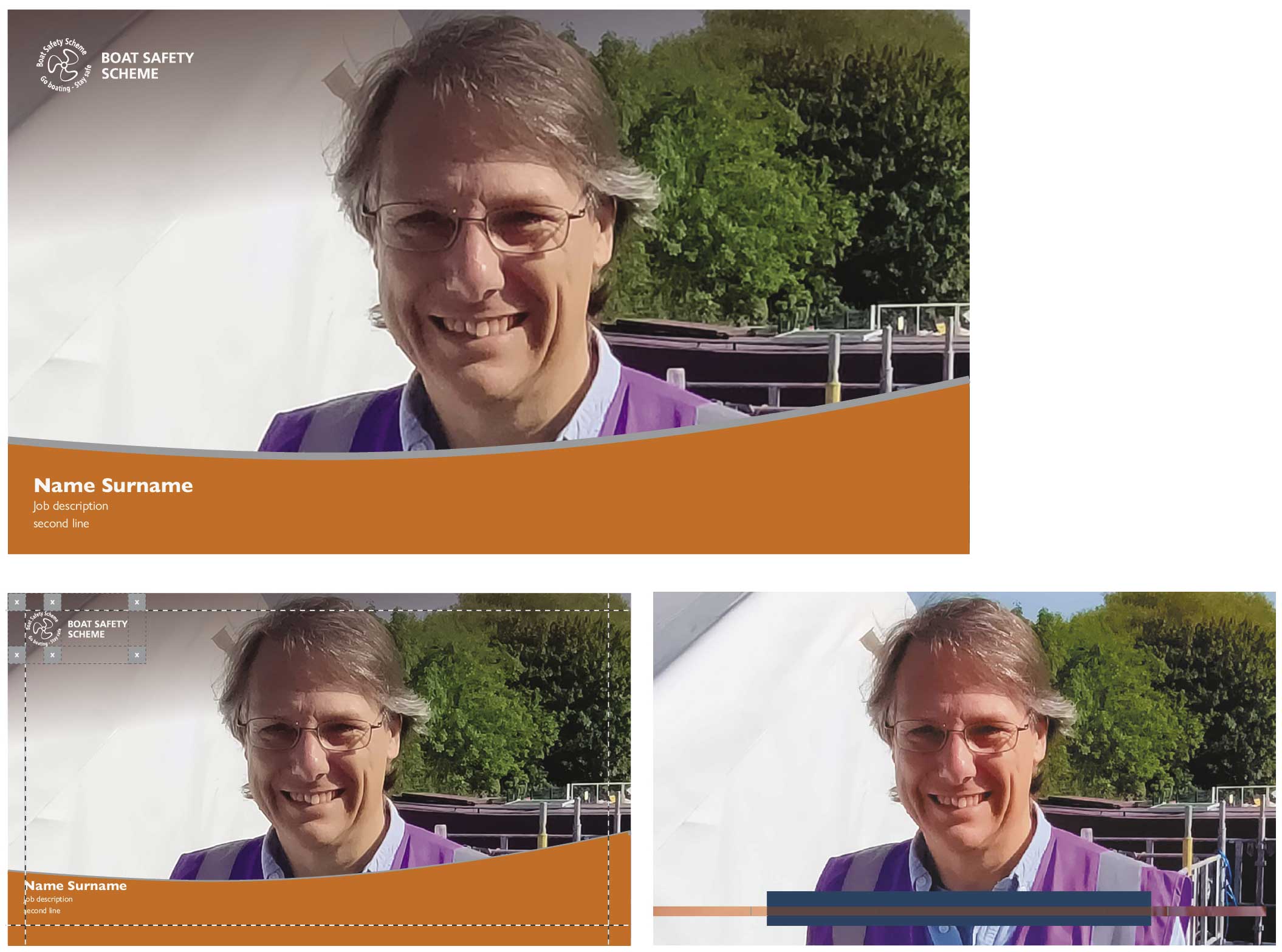
Opening frame
We’ve developed a standardised set of opening and end frames to ensure maximum brand recognition.
It’s optional to include the opening slide. For social posts and website we just use the end slide. It’s important to keep footage to a short time frame in these applications.
The opening frames begin on the BSS Orange background. The logo marque then animates in, as shown opposite. Once the logo has resolved, both logo and background fade out.
Please note, you shouldn’t need to alter the opening frames. They’re consistent across all moving image communications.
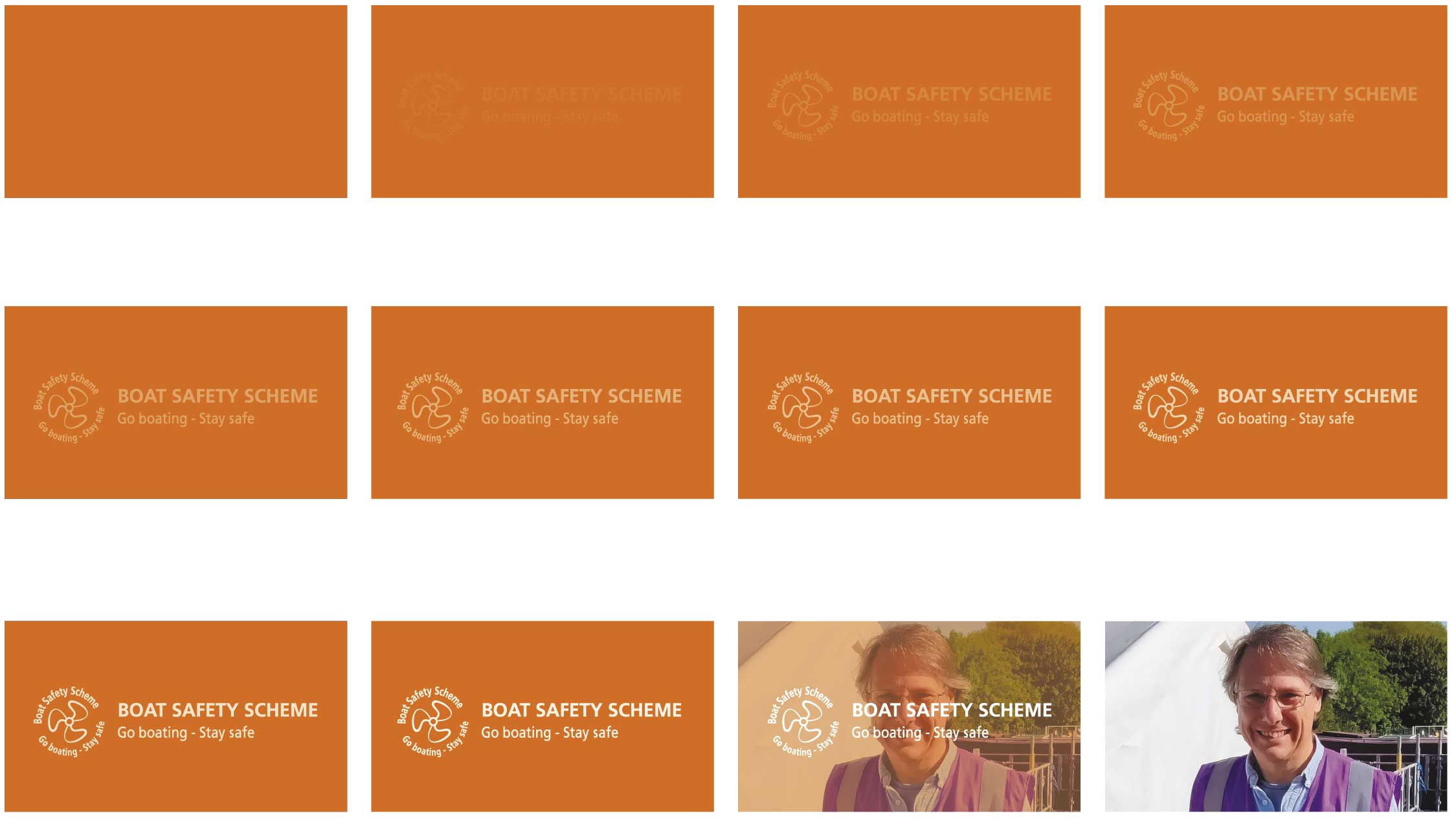
Use subtitles when vocals are present.
End frame
We’ve developed a standardised set of opening and end frames to ensure maximum brand recognition.
It’s optional to include the opening slide. For social posts and website we just use the end slide. It’s more important to keep footage to a short time frame in these applications.
The closing frames begin with the last “Live” frame and fade to BSS Orange inline with the logo marque then as shown opposite.
You should edit the call to action appropriately for each film you create. Please ensure that the call to action is as concise as possible.
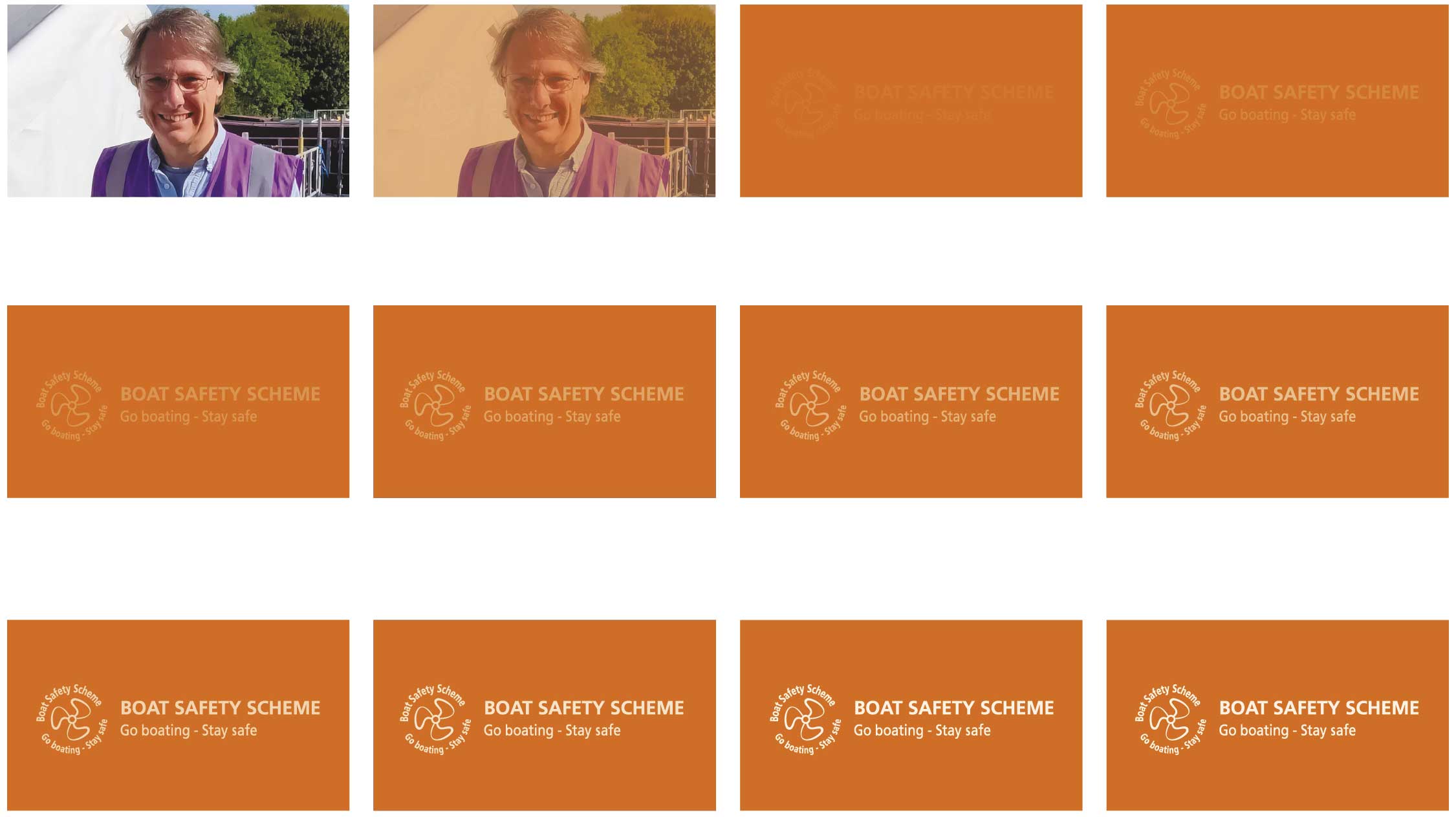
Use subtitles when vocals are present.
Consent and personal data
Personal data is any information that relates to living individuals which we hold and from which an individual could be identified.
This includes photographs and film of individuals taken for marketing or fundraising purposes, as the image or footage could be used to identify someone and tell you something about them.
Contact the BSS through our website for the following templates:
- Photography brief.
- Photography roster.
- BSS consent form.
- Explorers consent form.
- Event poster.
It’s important we ask permission before taking close-up photographs of individuals, where they’re clearly the main focus of the image.
We should explain what the Scheme is, advise why the photos are being taken, and how they’ll be used and for how long. Using a consent form is the best way to confirm permission has been received. It’s not normally necessary to obtain permission from people appearing incidentally in the background of publicity shots where they’re clearly not the focus of the image.
This can be harder to manage at events and open days when there are large crowds of people.
In this case, you should display posters explaining we’re taking photography during the day for publicity purposes.
Personal data also includes how we keep and store information associated with individuals. You should also take care when storing, using, and including photo captions for publicity purposes. Avoid showing details which include specific identified information, especially with children, for example, photo shop name badges/stickers which could identify individual child names.
For advice on applying the BSS’s brand and design guidelines, please contact us through our website www.boatsafetyscheme.org or call: 0333 202 1000.
All diagrams, illustrations, and images aren’t to scale and are for illustrative purposes only.
